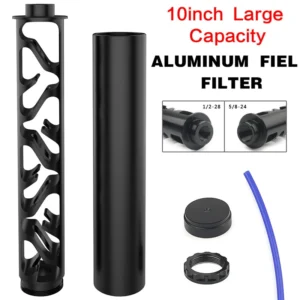Why Is Industrial Marking Important?
Over the years, industrial marking and engraving techniques have undergone many transformations. What used to be done by hand for millennia has, over time, seen modern changes as the industry evolved. Due to its vital importance in manufacturing and other industries, these changes have been instrumental in streamlining the branding process, allowing for a speedier product flow towards mass consumerism.
How Marking Techniques Have Evolved
For centuries, marking and branding have been powerful ideas for establishing ownership and other signifiers. In the beginning, during ancient times, marking was done through primitive methods which included hand carving symbols and patterns into the material, often a process that required exceptional skill and patience. For cattle and other livestock, branding with hot irons, using similar symbols meant to convey ownership to a specific farm, was used.
Stamping was also an early technique used for quick marking, where symbols and etchings were pressed into hard clay blocks or molten metal inlays so that stamping could be done quickly and efficiently. Today, we use advanced digital technology, utilizing etching and laser engraving machines, to achieve the same effect but at a much faster pace, leaving little to no room for human error.
The Rise of Laser Engraving
Laser engraving remains one of the best modern ways for a product to bear industrial marking. Often a quick and easy process, everyday things such as dog tags and replacement keys can be made at almost any department store kiosk, with the customer able to see the beginning, during, and end of the laser engraving process.
Engraving and signage solutions can be found everywhere in the real world and online, making it easier than ever for a company to ensure its watermark gets on its merchandise before it is fit to see a product launch. With so many different uses for lamicoids (a 2 or 3-ply plastic engraving material used in the making of nameplates, plastic tags, and name badges) in the industry, ensure your company maximizes its potential by partnering with a laser engraving specialist. Here are some key things to keep in mind to make sure your company’s mark on its product looks as good as possible:
- Make sure that the quality and precision of the company’s work are apparent, and always read customer feedback before going with any engraving company. If any errors are present or the overall quality is inconsistent with larger orders, the consumer industry is more than happy to report such inadequacies.
- Determining how long the process will take for all merchandise to be properly marked (and carefully looked over for accuracy) is important, as well as determining your company’s own time limitations for when the product needs to be finished.
- Comparing costs and pricing structure is important to understand where costs can be cut and which company to go with. Knowing your company’s overhead and bottom line is crucial.













Post Comment